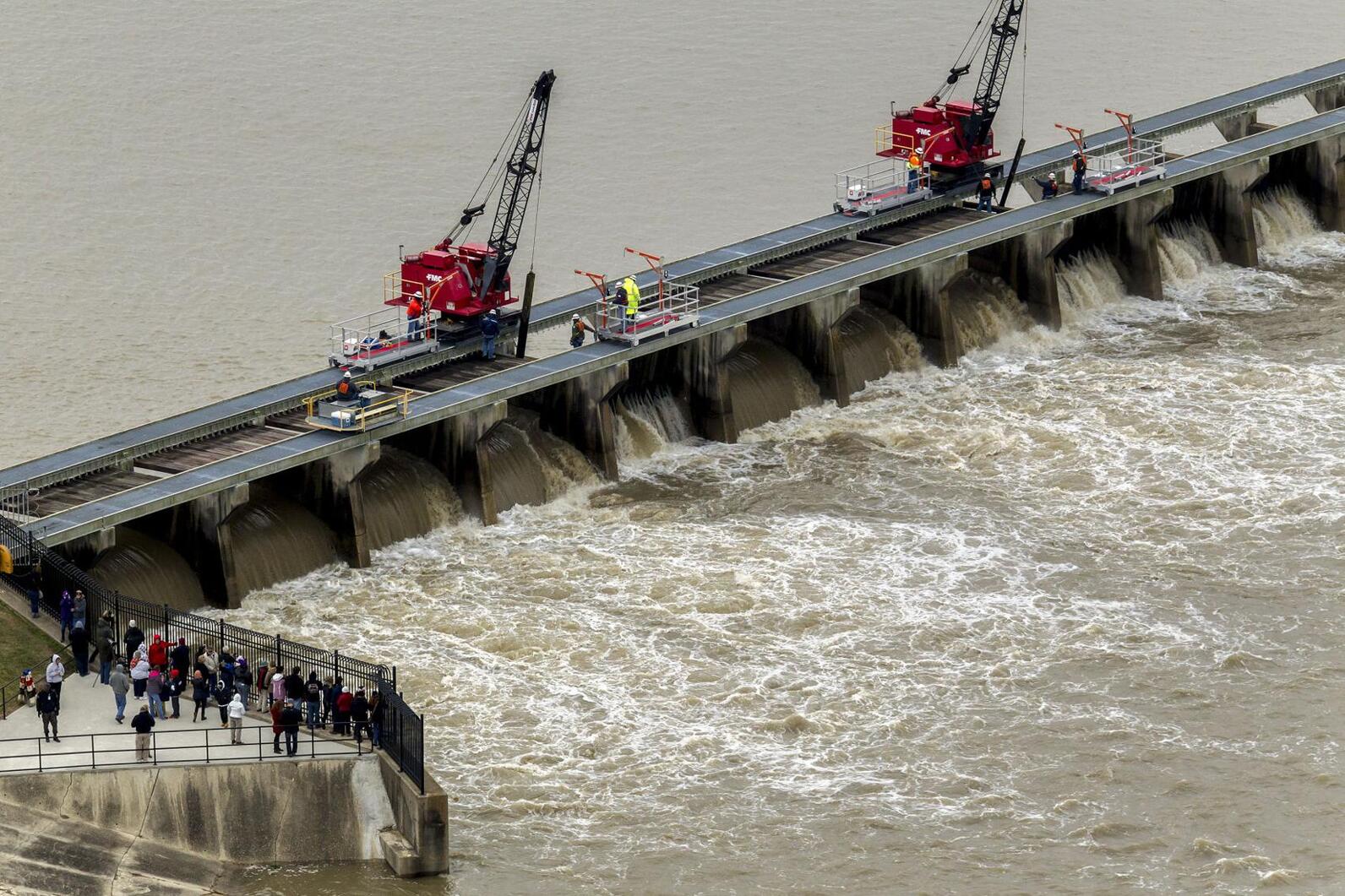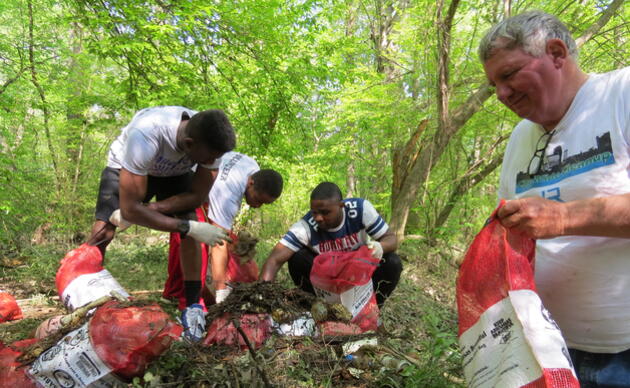Originally posted on theadvocate.com.
As the mighty Mississippi rises and the U.S. Army Corps of Engineers opens the Bonnet Carre Spillway, meteorologists, government officials, scientists and residents are keeping a watchful eye. For the most part, people across southeast Louisiana don’t have to think about the Mississippi River height thanks to the system of levees and spillways constructed by the Corps following the Great Flood of 1927.
While that system has kept our communities safe from river flooding and our ports bustling with ship traffic, it has had other, detrimental consequences — starving our wetlands of sediment and freshwater needed to sustain them. This coupled with subsidence, man-made canals and waterways, hurricanes, and now sea level rise, have caused a perfect storm for Louisiana. We have lost land equivalent to the entire state of Delaware from our coast and could lose double that amount in 50 years unless we take action.

Thankfully, with the rising river comes a resource that could be game-changing in our coastal battle — sediment, nearly 100 million tons of it annually. The Mississippi River drains 31 states and two Canadian provinces. Louisiana receives mud, clays, sands and silts from that massive area, and today much of that material is shoved off the Birdsfoot Delta into the Gulf of Mexico, beyond where it can be of any use.
The state’s Coastal Protection and Restoration Authority is working to advance sediment diversion projects that would cut holes in the Mississippi River levees and deliver the sediment to the wetlands that are desperate for it. Each high river event is another reminder of the enormous opportunity we continue to let slip through our fingers and the need to build these sediment diversions to capture it.
As the new executive director of Audubon Louisiana, I had the opportunity to take a flight over coastal Louisiana and the lower Mississippi River to get a bird’s-eye view of the issue. When the plane made a sharp left, I gasped to see the New Orleans skyline in the near horizon, so close to the open waters of the Gulf with fragmented marshes in between. What I also saw, however, gave me hope — a few areas gaining land where the river was delivering sediment to marshes.
In addition to sediment, 100 million birds make their way down the Mississippi River Delta each year to Louisiana. These species depend on our coast for nesting, feeding and stopover habitat, just as people depend on it for storm surge protection, jobs, recreation, and more. Let’s use the resource we have been given to rebuild and maintain this wondrous landscape while we still have the opportunity.



